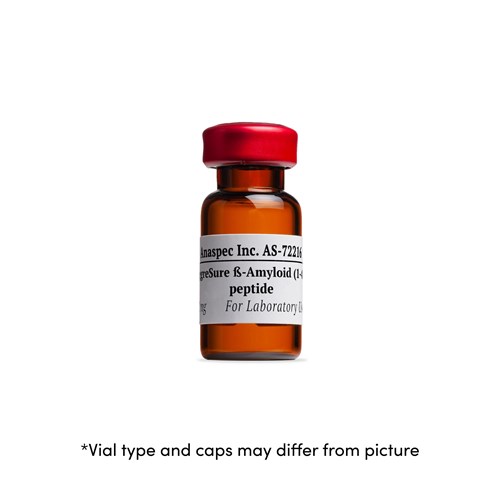We use cookies to offer you the best experience on our site. You can find out more about the cookies we use or disable them in the Cookie settings
Congo Red UltraPure Grade - 1 g
- Cat.Number : AS-83016
- Manufacturer Ref. :
-
Availability :
In production
Early diagnosis and classification of amyloid deposition and differentiation from other glomerular fibrillar deposits rely on routine Congo red (CR) histochemistry. CR binding, monitored by characteristic yellow-green birefringence under crossed polarization has been used as a diagnostic test for the presence of amyloid in tissue sections for several decades. This assay is also widely used for the characterization of in vitro amyloid fibrils. CR is sandwiched between two protein molecules causing protein oligomerization. Congo red fluorescence (CRF) is an alternative method based on examination of the CR-stained section by ultraviolet (UV) light. Congo red fluorescence is simple to perform and more pronounced, therefore easier to evaluate than CR in bright light. Congo red, when combined with immunohistochemistry, is still visible under UV whereas CR is masked in bright light. Although not widely used, the CRF method for detecting amyloid is simple to use with a high specificity and sensitivity, and may be applied successfully to frozen sections.
Specifications
| Chemistry | |
| CAS registry number |
|
|---|---|
| Molecular Formula |
|
| Molecular Mass/ Weight |
|
| Properties | |
| Absorbance (nm) |
|
| Storage & stability | |
| Form |
|
| Resuspension condition |
|
| Storage Conditions |
|
| Activity | |
| Application | |
| Detection Method | |
| Research Area | |
| Sub-category Research Area | |
| Usage |
|
| Codes | |
| Code Nacres |
|
You may also be interested in the following product(s)

